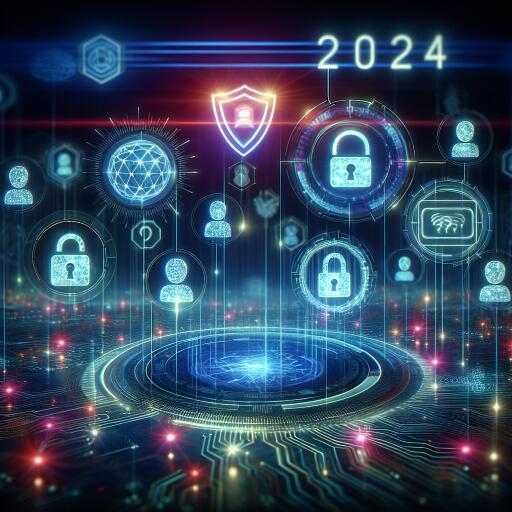Exploring the Innovations and Challenges in Identity Security at Identiverse 2024
In an era where digital identities govern the access and security of vast amounts of data, the union of Artificial Intelligence (AI) and Generative AI (GenAI) with data management presents a potent solution to modernize Identity and Access Management (IAM) workflows. The potential benefits range from addressing the issue of excessive permissions to enhancing threat detection capabilities. Identiverse 2024 unveiled a myriad of startups, alongside established entities, diving deep into innovative solutions within this realm. Among them, companies like Lumos and AKA Identity stand out by employing IAM telemetry to refine the management of identities and applications, and to impart critical insights for IAM decision-making processes.
The conference highlighted an increasing focus on the concept of nonhuman identity management, a domain that encompasses aspects such as machine identity management, workload identity management, and Privileged Access Management (PAM) for workloads. The term nonhuman identity management itself evokes a clear distinction from its human counterpart by emphasizing not just the identification and authentication processes but also the lifecycle and management of nonhuman entities. This delineation is crucial as it addresses a diverse spectrum of use cases—from certificate lifecycle management to workload access control, and the identification, monitoring, and mitigation of nonhuman identity-related issues.
The importance of this emerging field is underscored by the growing awareness amongst enterprises about the inherent risks associated with this expanding attack surface. A notable example is Fifth Third Bank, where Principal Security Engineer Ken Robertson shared insights into the institution’s approach to integrating applications and managing nonhuman accounts through PAM solutions. Additionally, startups like Aembit and Britive are charting new paths in the workload access control terrain, proposing innovative solutions to a complex challenge.
The range of solutions presented at Identiverse 2024 was vast, with some vendors focusing on enhancing visibility, threat detection, and certificate lifecycle management—underscored by CyberArk’s acquisition of machine identity management leader Venafi. Others ventured into the management and remediation of secrets within Git repositories or the nuanced field of workload access control.
Despite the plethora of tools and products available, the sentiment within the IAM community leans towards simplification—the preference for a unified management platform over a fragmented landscape of solutions. While certain areas of cybersecurity, like Endpoint Detection and Response (EDR), have successfully consolidated functionalities over time, identity security remains a domain marked by diversity and complexity.
However, the landscape is evolving. The convergence of Identity Governance and Administration (IGA) with PAM signals a trend towards more integrated platforms. Yet, even as these platforms grow, new challenges and gaps in product offerings continue to emerge, occasionally necessitating the adoption of specific point solutions to address immediate concerns. It’s a balancing act between the comprehensive coverage provided by platforms and the agile, problem-solving capabilities of standalone products.
As we look forward to Identiverse 2025, it will be interesting to see how these dynamics evolve. Will the industry lean more towards consolidated platforms, or will the innovation and flexibility offered by startups continue to play a pivotal role in shaping the future of identity security?
Todd Thiemann, a senior analyst with TechTarget’s Enterprise Research Group, specializes in identity access management and data security. With over two decades of experience in cybersecurity marketing and strategy, Thiemann offers a deep understanding of the evolving landscape in digital identity management and security.









